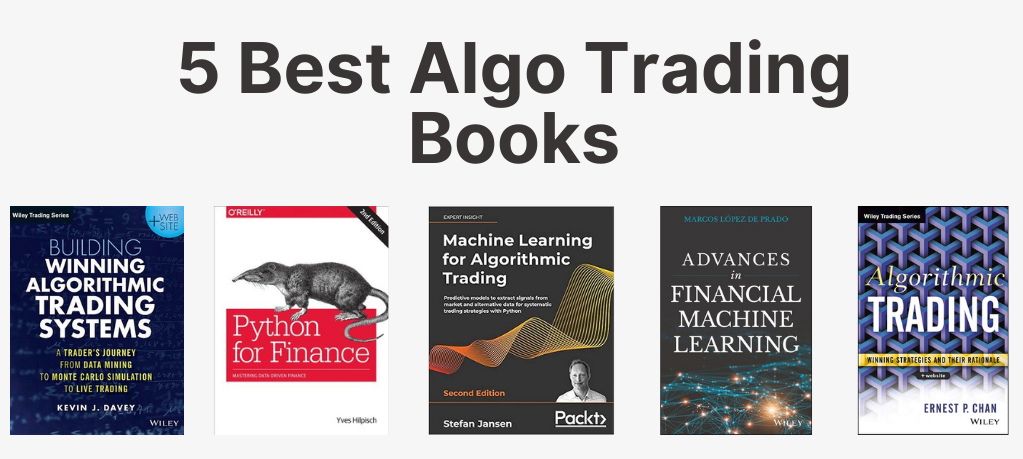Algo Trading Versus Manual Trading : Which one is right for you?
Algo Trading Specifics
Over the years, India's stock market has gone through a lot of changes. The introduction of advanced technologies and quick digitization has made settlement times shorter, sped up how the market moves, and brought in new trading methods.
Throughout history, people have stuck with traditional trading methods. But these days, algorithmic trading, powered by technology, is making huge strides, bringing along a bunch of benefits. Let's dig into how these two trading styles compare and suss out which one's the real winner for investors.
The Primary difference
In the world of manual trading, people take a hands-on approach to dealing with stocks, options, currencies, and the whole shebang. Traders rely on their own analysis, economic indicators, and other market factors to decide when to buy or sell. It's all about human judgment, gut feelings, and emotional smarts when making those trading calls. Now, on the flip side, algorithmic trading steps in. It's all about using fancy algorithms and computer programs to put trading on autopilot. Once set up, these algorithms can go to town, making decisions based on historical data, preset rules, and market indicators without needing a human to step in.
Now, let's break it down manual trading and algo trading in terms of three things :-
1. Speed,
2. Flexibility, and
3. How they manage risk.
1. Speed and accuracy
No doubt about it, algo trading is like the speed demon of the trading world compared to the more traditional approach. These algorithms kick in, doing a lightning-fast quantitative analysis of a stock, then swiftly placing orders and grabbing hold of various market chances. This means a trader can fire off hundreds of trade orders simultaneously, something you just can't pull off in the traditional trading scene
2. Flexibility and customization
Algo trading kicks off by letting traders set up their strategy at the start of a session. Once that's in motion, it follows a particular path to seize trading opportunities in a specified manner. The cool part is, there's room for custom algorithms, giving traders the flexibility to tweak their strategies as they see fit. On the flip side, traditional trading is like a slow dance, letting traders take their time to watch over each trade. It's a more hands-on approach, allowing for customization based on the trader's unique philosophies and investment goals.
3. The Risk management
Algo trading is all about automation, making it a breeze for traders to fire off multiple trade orders with minimal human interference. This nifty feature also allows for the implementation of sophisticated trade and risk management strategies at a rapid pace, slashing the odds of making mistakes. What's more, algo trading has the handy ability to curb an investor's losses by making automatic exits based on predefined stop-loss parameters. On the flip side, traditional trading might find itself vulnerable to emotional decision-making, succumbing to the siren calls of greed and fear.
The Final Say
When deciding between the modern approach of algo trading and the more traditional method, various factors come into play. However, it ultimately boils down to factors such as trading experience, available resources or capital, and one's tolerance for risk. For beginners, dipping their toes into the world of traditional trading can be a smart move to grasp the intricacies of the market. As they accumulate experience, transitioning to algorithmic trading becomes a logical step for achieving better results.
It's crucial to recognize that both methods come with their own set of pros and cons. Therefore, selecting the method that aligns best with your trading goals and personal style is key. This choice will pave the way for seizing more lucrative opportunities in the dynamic landscape of the stock market.


